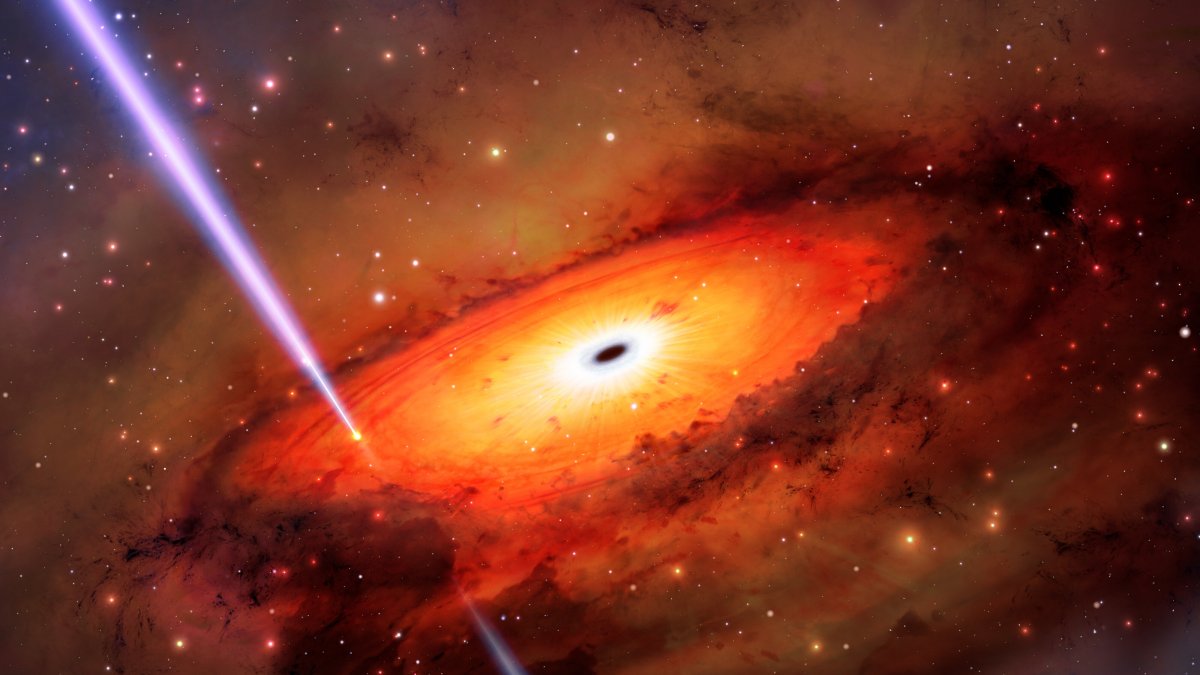An international research group has made a groundbreaking discovery by observing evidence of a collision between two stars near a supermassive black hole. This observation challenges the previous assumption that stars can only die in certain ways. The US research institute NOIRLab used its telescope to study this rare event, known as GRB 191019A. It is believed that such collisions may occur more frequently but are often concealed in the chaotic environment surrounding supermassive black holes.
The collision was initially detected on October 19, 2019, by NASA’s Swift space telescope, which noticed an unusually long gamma-ray flash lasting over a minute. Typically, these signals are considered “long” if they exceed two seconds in duration. The fading afterglow of the collision was then examined by the Southern Gemini Observatory in Chile. This analysis revealed that the collision had taken place relatively close to the center of an old galaxy and involved the collision of two compact objects.
In normal galactic environments, collisions between remnants of stars are extremely rare. However, the centers of old galaxies differ significantly and can contain millions of stars packed into a small area. The presence of a supermassive black hole in these regions can force stars into chaotic orbits, increasing the likelihood of collisions and resulting in massive explosions. These collisions can potentially be observed at great distances unless they are obscured by dust and gas.
While it was previously assumed that stars could die in this manner, this recent observation provides concrete evidence. Additionally, it expands the known possibilities for how stars can meet their end. Small stars, like our sun, eventually become white dwarfs, while larger stars explode and transform into neutron stars or black holes. Star remnants can also form binary systems and collide. The discovery of this collision is detailed in the journal Nature Astronomy.
To further study similar events in the future, the research team eagerly anticipates the launch of the Vera C. Rubin Observatory in 2025. This observatory will provide valuable data and insights into these rare occurrences.



